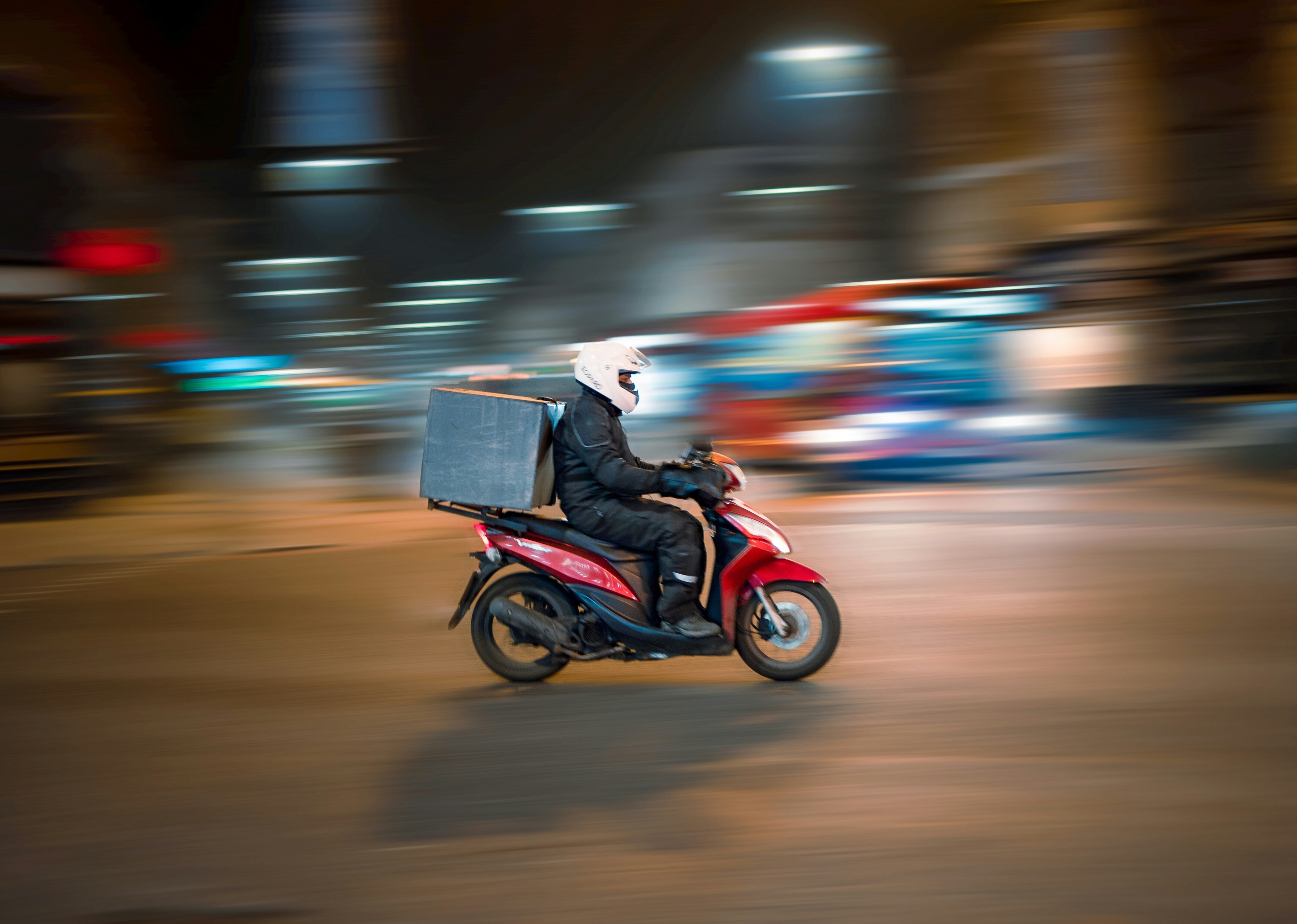Why UK railways can’t deal with heatwaves – and what might help

Why is the heatwave causing so much havoc on the train lines?
Image: Unsplash/Alexander Popov
Stay up to date:
United Kingdom
Accept our marketing cookies to access this content.
These cookies are currently disabled in your browser.
- The UK's rail service has been hit with damage and delays after the heatwave caused issues with tracks and overhead lines.
- The UK rail service has a 'stress-free temperature' of 27 degrees, which is the highest temperature the rails can get without buckling.
- Raising this stress-free temperature, digital rail network twins and concrete slabs could prepare the UK for the hotter weather that is set to become the norm.
The UK’s rail service has been hit with widespread train delays and high levels of cancellations during the heatwave. The whole of the east coast line between Edinburgh and London was closed for hours on July 20 because of the heat.
So why is the heatwave causing so much havoc on the train lines? Like most construction materials, steel, which rails are made from, expands when the air temperature increases. When this movement is restrained by the anchorage, which holds the rail and the sleeper (the rectangular supports for the rails) in place, internal stresses build up, and compression buckles or kinks the rail.
This buckling can cause a long piece of steel, such as a steel rail, to bend slightly or kink. Trains cannot travel over rail lines with kinks. In the US, kinks caused by the sun caused over 2,100 train derailments in the past 40 years, equivalent to around 50 derailments per year.
When the air temperature reaches 30°C, rails in the sun can reach 50°C. In the UK, a temporary speed restriction is imposed when rails reach this temperature because trains apply less pressure on the rails when they slow down. Some railway maintenance teams paint rails white to cool them down in summer. According to Network Rail, this can reduce the rail temperature by 5°C, to 10°C. Network Rail workers started painting the train lines several days ahead of the July heatwave.
Modern rail systems are getting better at holding rails in place. Most tracks are made up of long pieces of rail that are stretched and welded together, which helps hold them in place. This reduces the chance of buckling. When a track is made up of short rails bolted together, Network Rail leaves small gaps between each one to allow for expansion in hot weather.
Electric trains are often powered by overhead wires, which can also be damaged by hot weather. Heat can make wires expand and sag. Too much sag will break the overhead line equipment. A pulley system keeps overhead wires tense and can compensate for sag.
How other nations cope with heatwaves
As temperatures rise to unprecedented levels, even Spanish train lines, which typically cope well in the heat, are buckling and services are being cancelled.
Continuous weld rails, which are used as standard worldwide including in the UK, are optimised to work around a given “stress-free temperature” (SFT). The higher this temperature, the hotter the rails can get without buckling.
In the UK, the SFT is 27°C, the traditional mean summer rail temperature. In the US, standard values vary between 35°C and 43°C.
If the UK SFT was higher, then the railways could operate in hotter weather because the rails wouldn’t expand so much at higher temperatures. But if the rails are made for too high an SFT, then they won’t be able to cope with the colder temperatures they experience in winter. This would create tremendous stress, and the rails could shear off their anchorage.
Some countries’ railways are able to cope with such high temperature variation by using solid concrete slabs to contain the higher forces created. But slab tracks costs approximately four times as much to install as standard ballasted track.
Climate change means many countries’ railways will more often reach temperatures they were not designed to cope with, threatening public transport on a scale never seen before. We just saw the highest temperature ever recorded in the UK at 40.3°C, well above the previous daily high of 38.7°C in 2019.
During the construction of HS2, the new high-speed railway being built between London, Manchester, and Leeds, bridges and overhead wires have been fitted with sensors to collect data about weather, including the air temperature. This data will be used to create the digital twins of HS2, allowing for a new type of maintenance that can predict high temperatures and other types of disruptive weather.
A digital twin is a digital representation of the railway network. This would allow engineers to simulate future scenarios for the UK rail network and predict what might happen if high temperatures are forecast, and be able to take preventative action in advance. This could be one way to prevent some of the huge cancellations seen in the recent UK heatwave.
How is the World Economic Forum promoting sustainable and inclusive mobility systems?
Accept our marketing cookies to access this content.
These cookies are currently disabled in your browser.
Don't miss any update on this topic
Create a free account and access your personalized content collection with our latest publications and analyses.
License and Republishing
World Economic Forum articles may be republished in accordance with the Creative Commons Attribution-NonCommercial-NoDerivatives 4.0 International Public License, and in accordance with our Terms of Use.
The views expressed in this article are those of the author alone and not the World Economic Forum.
Forum Stories newsletter
Bringing you weekly curated insights and analysis on the global issues that matter.
More on Climate ActionSee all
Tom Crowfoot
August 12, 2025
Luis Antonio Ramirez Garcia
August 11, 2025
Michael Fröbel and Stanislas Hillen
August 8, 2025
Elizabeth Henderson and Daniel Murphy
August 8, 2025




